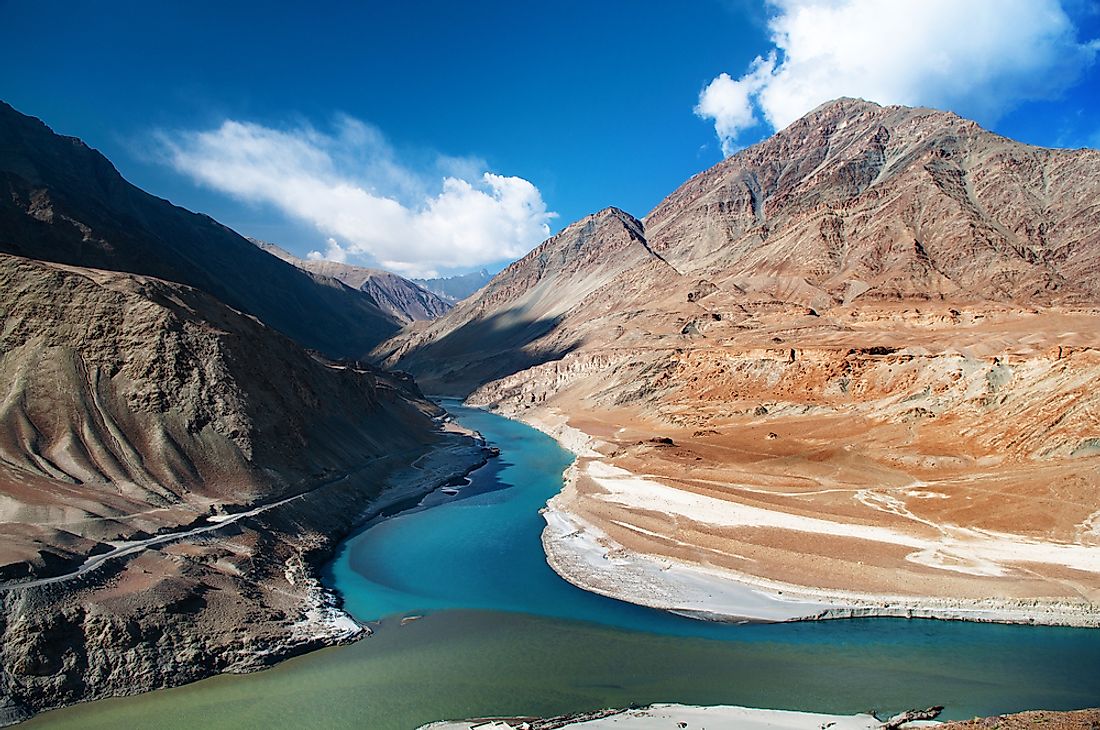What Is a Perennial River?

Perennial rivers have an uninterrupted flow of water throughout the year, regardless of the season, although some perennial rivers could stop flowing during severe drought. Perennial rivers drain a huge area forming the basin of the river, such as instance the Amazon River, which covers an area of 2.7 million square miles and is the largest basin in the world. The Congo River in Africa drains an area of 1.5 million square miles, making it the second largest river basin in the world.
Location of Perennial Rivers
Perennial rivers exist in all of the world’s continents except Antarctica, and some notable examples are the Amazon River, Hudson River, the Rhine, Indus River, Congo River, and the Nile River. Most of these rivers are both rain-fed and snow-fed, ensuring a continuous flow of water. In tropical regions, rain is adequate to support the flow of perennial rivers throughout the year.
Significance of Perennial Rivers
The constant flow of water in perennial rivers is vital to humans, plants, and animals. Perennial rivers such as the Nile and the Volta are used to provide hydroelectric power to supply electricity in their local countries. The water in these rivers are also used in irrigation projects, increasing food production in the countries where they are located. People also use river water for daily activities such as drinking, washing, and cooking. Animals rely on the water for drinking and cooling their bodies, especially during the oppressive heat of the dry seasons. Perennial rivers also provide habitat to marine animals such as fish and some amphibians.
Dangers Posed by Perennial Rivers
Perennial rivers sometimes pose a great risk to the surrounding communities. During seasons with exceptionally high rainfall, the rivers tend to burst their banks, which usually results in catastrophic flooding. These floods have resulted in significant losses of life such as when the Yellow River in China flooded in 1887 and resulted in approximately 2.5 million deaths. The flood also destroyed about 1500 villages and towns. Floods also increase the risk of waterborne diseases such as cholera and typhoid due to the lack of clean drinking water and the pollution of the water supply by sewage. Floods also damage transport systems such as roads and carry away vehicles, which makes it difficult to provide assistance to the affected areas. River floods can also cause food shortage in a country since the flooded land is usually unproductive after taking on large quantities of water. These floods may also wash away crops that are still on the farms, leading to reduced harvests and hunger.
Effects of Climate Change on Perennial Rivers
The exact effects of climate change on perennial rivers is undocumented, but according to the Climate Reality Project, the change in rainfall patterns may cause rivers to have less water than previous years. Alternatively, due to higher rates of evaporation, there may be more incidences of floods along the rivers. These types of variations may also change the quality of water in the rivers.











